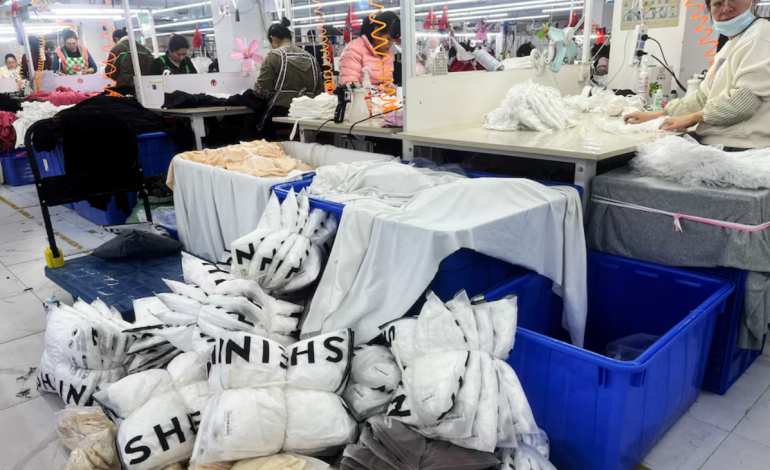The US has eased some of the steep tariffs on low-value goods imported from China, offering partial relief to American consumers and Chinese e-commerce giants such as Shein and Temu.
However, significant duties still remain in place, threatening to raise prices and delay deliveries for millions of Americans who rely on affordable imports.
A new executive order issued by the Trump administration on Monday reduces the tariff on “de minimis” postal shipments — those valued at $800 or less — from 120% to 54%. For commercial shipments from carriers like UPS and FedEx, the rate is now set at 30%, down from 145%. A planned increase in the flat fee for postal packages from $100 to $200 has also been halted. These changes are set to take effect after midnight Wednesday.
The move marks a slight thaw in the long-running US-China trade tensions. It follows a 90-day agreement between Washington and Beijing to roll back many of the tit-for-tat tariffs that had escalated in recent months. Still, overall tariffs on Chinese imports remain at 30%, and the burden of these levies is expected to fall hardest on low-income American households.
Retail analysts and trade policy experts warn that, while the reduction in tariffs offers some short-term relief, it does not reverse the broader disruption caused by the end of duty-free treatment for most Chinese imports. Before the changes, millions of inexpensive goods were shipped into the US through the de minimis exemption, enabling fast-growing platforms like Shein and Temu to dominate online shopping for clothing, accessories, and other everyday items.
“Even at 54% or 30%, these tariffs are still extremely high compared to where we were,” said Clark Packard, a research fellow at the Cato Institute. “It’s a better scenario than before, but it still amounts to a major disruption in the flow of affordable household goods.”
Temu and Shein have already begun adjusting their logistics strategies to adapt to the shifting tariff landscape. Temu recently announced changes to its US shipping model, routing orders through US-based sellers to sidestep some of the higher fees. Both companies have also been expanding their US warehouse operations to maintain delivery speeds and product availability.
Despite these efforts, many American shoppers have noticed increased prices and reduced inventory. In particular, customers in lower-income communities, where demand for affordable online shopping is highest, are expected to feel the most strain. Research from UCLA and Yale shows that nearly half of all de minimis shipments were delivered to the poorest ZIP codes in the country.
The Trump administration has defended the tariff policy, citing national security concerns, particularly the risk of illicit drugs such as fentanyl entering the US through unregulated e-commerce channels. Critics, however, argue that the crackdown disproportionately affects legitimate buyers and sellers, without effectively curbing smuggling.
“The boom years of low-cost, fast-shipping Chinese goods entering the US may be ending,” said Jianlong Hu, CEO of Brands Factory, a Chinese cross-border e-commerce consultancy. “This policy shift is reshaping how these companies operate — and how American consumers shop.”
While Chinese exporters may continue to look for workarounds, including bulk-shipping and warehousing in the US, uncertainty looms. The 90-day tariff rollback could end abruptly, and future policy changes are likely as the trade relationship between the two nations remains fluid.










The latest news in your social feeds
Subscribe to our social media platforms to stay tuned